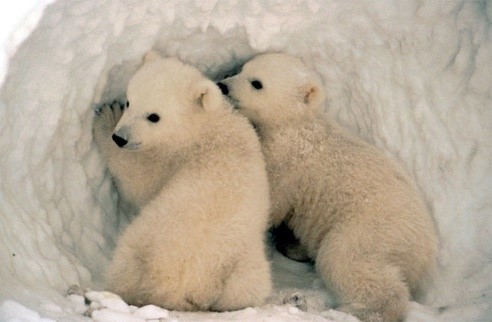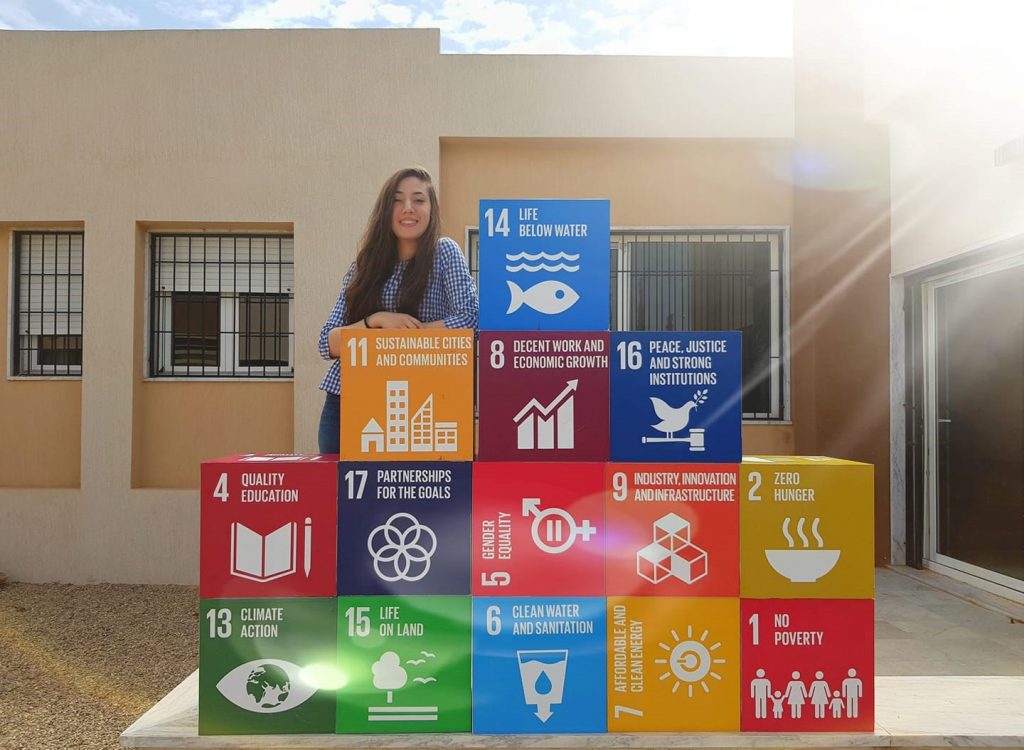This is a guest blog from James Hale, a graduate of the University of Kent. Having studied English and American Literature, James now works as a freelance writer, penning his thoughts on anything and everything of interest. He’s passionate about sustainability, and loves helping to spread the word about how we can all factor it into our day to day lives.
—————————————————————————————
It’s not uncommon to see concerns about sustainability appearing in the news. While unfortunately it’s not always to decry a positive update, it’s certainly a good thing that this vital issue is so prominent in the public eye. One recent story, however, caught my eye – the news that some of the world’s most prominent investors have called on the largest fast food companies in the world to act urgently on the climate and water risks in their supply chains.
This got me thinking a bit. Of course this is a step in the right direction, but one statistic jumped out at me: “animal agriculture is the world’s highest-emitting sector without a low-carbon plan.” This makes perfect sense with the sheer scale of animal farming in mind. But which other industries are the most harmful to our natural world? And where are the most significant opportunities for change and improvement?
After a little bit of digging, a few stats emerged that I found fairly surprising. Particularly the fact that 71% of all man-made emissions since the dawn of the industrial age have come from just 100 companies. We’re constantly reminded of the things we can do to improve our carbon footprint – recycling, bringing our own bags when we shop, turning the lights off. But it’s clear that while we all have a part to play, the largest responsibility falls on industry. But which industries?
With this in mind, and following on from some of the other posts I’ve written for the sustainability blog, I thought it would be good to take a look at a few of the industries that have – or could have – the biggest impact on the environment, and in particular, those with the potential to have the most positive effects if appropriate steps are taken.
How to define environmental impact
But first, a quick note. It’s very easy to band about phrases such as ‘environmental impact’ without much clarity on what they actually mean. With the risk of being reductive in this sense, I think it’s important to establish how we actually define how ‘environmentally friendly an industry is.
A simple approach can be to simply look at the cumulative estimated emissions (in the form of various greenhouses gasses such as Co2, methane or nitrous oxide) that a given industry is responsible for. But while this is a vital statistic, focusing solely on this one aspect of sustainability arguably isn’t the best way to paint a wider picture.
Instead, for the purposes of this article, I’ve decided to take a slightly broader approach, and consider the far-reaching and hypothetical impacts an industry can have. This includes things like the role an industry has on consumer behaviour, the potential it has to change the way we act and live, and various ways different supply chains can impact the natural world. Basically, we’re talking big picture, and I’m not trying to make any definitive claims!
1: Agriculture/Food production
It makes sense to start with the industry that triggered this train of thought. Food production is one of the building blocks of our civilisation, and it’s hard to underestimate its scale and potential impact. The agriculture industry is so vast, and involves so many different stages and sub-industries, that it clearly takes responsibility for a huge majority of our global carbon footprint.

How does agriculture affect the environment?
This is hard to summarise succinctly and with any true degree of accuracy, but simply by considering the vast number of elements involved in the agriculture industrial supply chain, it’s easy to see just how significant its impact is. It would be foolish to attempt to list all of these, but instead let’s look at a few diverse elements:
Deforestation
In order to farm, land is required. And in order to make more land available, those pesky forests that produce oxygen and provide a self-sustaining biodiverse ecosystem need to go. According to British environmentalist Norman Myers, 5% of deforestation is due to cattle ranching, 19% due to over-heavy logging, 22% due to the growing sector of palm oil plantations, and 54% due to slash-and-burn farming (burning large areas to create a layer of ash, resulting in nutrient-rich soil.)
Food packaging
Single-use disposable plastics for packaging food are a hot topic at the moment, and the absurdity of the amount of plastic we use in food packaging (think mushrooms wrapped in clingfilm in a plastic holder wrapped in clingfilm) is hard to deny. It’s easy to forget that this is a part of the food production industry, but with food products representing a huge amount of our regular purchases, this is a vital consideration.
Pollutants
When producing food, all kinds of pollutants are used in the process. From pesticides and herbicides used to ensure quality, to emissions from farming equipment and machinery, and even the pollution of surface and groundwaters from waste, the agriculture industry contributes a staggering number of pollutants to the environment en masse every year.
How could agriculture make a difference?
Far be it for me to suggest how to fix the agriculture industry, but it’s worth noting that on the whole, if broad and far-reaching improvements were made to the way we farm and distribute food produce, the impact on the globe could be massive. If we’re going to meet the goals of the Paris Climate Agreement, big changes are needed in farming.
Fundamentally, a global shift towards agreed upon low-carbon guidelines and plans would be an important first step. Agreements between suppliers on clear policies that take steps to reduce freshwater impacts and reduce greenhouse gas emissions would be vital. Similarly, while industries such as the automotive industry have taken steps towards quantitative accountability, it’s crucial that global quantifiable agriculture targets are agreed upon, set, and regularly reported on. Put simply, we need a clear, numbers-driven plan to reduce the harm farming is doing to the environment.
The widespread adoption of sustainable practices including water management, healthy soil maintenance, pollution reduction and biodiversity promotion will be essential – and these will need to be established in clear guidelines and targets for farmers and producers to meet. If we can achieve this, the potential positive impact – or at least the reduction of the current scale of damage – is hard to understate.
2: Construction and Building Design
However well (or poorly) we treat the environment as a society, we still have to live in it. As humans have evolved, we’ve increased our proficiency in design and construction to such an extent that architecture has become one of the most significant industries in terms of our impact of the natural world.
I wrote an entire piece about this on the sustainability blog a little while ago, but seeing as we’re discussing industries with the biggest role to play here, I would be remiss not to include it again. I’ll provide a slightly condensed analysis this time though!
How does architecture affect the environment?
Put simply, the buildings we construct and reside in have a huge effect on how sustainably we live as a society. The supply chain involved in architecture is vast, but generally the impact of building design comes down to two things: construction, and the way we use buildings in the long term.
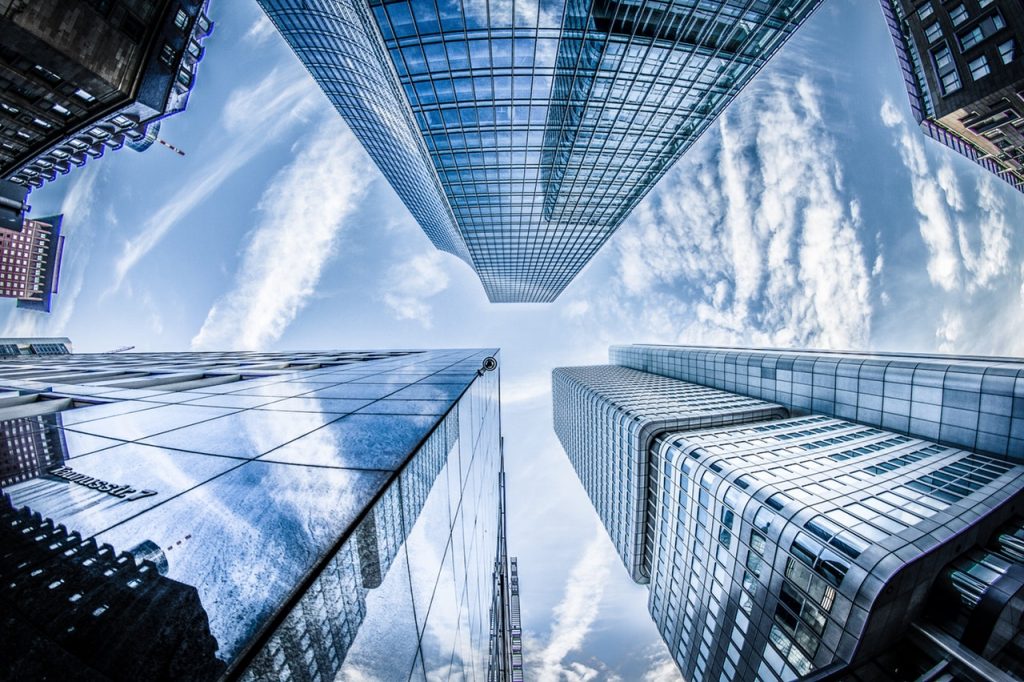 Construction
Construction
The construction industry alone is responsible for a huge amount of environmental damage, which can be attributed to a few different key areas. These include waste (60 million tonnes of materials are disposed of every year without ever being used, due to damage or inaccurate ordering), the emissions from large-scale and long-distance transportation of materials and machinery, and on-site emissions, identified as one of the main causes of CO2 pollution in the UK (with up to 40% of carbon emissions attributable to construction).
Building use
It’s not just the way we construct buildings that has a profound and measurable effect on the environment – it’s the way we use those buildings too. Once construction is complete, a structure’s environmental impact doesn’t go away, it changes. The parameters are different, but the effects are just as significant.
The way a building provides heating, water, ventilation, and energy all play a part in its overall sustainability. The supply of these elements, the energy efficiency of the interior spaces, and things such as the disposal of wastewater need to be considered, and can have both negative and positive effects.
How can building design and construction make a difference?
When thinking about this, it’s important to get to grips with the term ‘sustainable’, as this is really key. Architecture and construction aren’t ever going to have zero impact on the environment, and yet they’re a necessary part of our societal development – so the specifics of sustainable development, that is development which doesn’t involve the irreparable destruction of resources, is crucial.
Sustainable construction practices are already in place which can help us to achieve this goal. This predominantly involves the use of things like nontoxic materials, and renewable resources (such as harvested wood and glass) in the actual building process.
On top of this, it’s worth noting that the way architects approach the design of a building could also have a significant long-term benefit to the overall sustainability of our future. Simple amendments such as the inclusion of effective daylighting through use of something like a glass rooflight, or the inclusion of effective ventilation and natural heating can make a huge difference.
This could have a massive impact on our natural world as we continue to expand our man made influence upon it; rather than reducing both space for natural ecologies to thrive and the amount of resources available to build, sustainable construction and design could ensure that we maintain the resources that are available as we provide efficient and sustainable new living and working spaces for our expanding population – all the while reducing the long-term environmental impact our buildings have.
3: Energy Industry & Fossil Fuel Producers
For many people, regardless of how aware they are of the overarching issues affecting our environment, the energy industry often springs to minds as one of – if not the – prime culprit when it comes to emissions. This opinion is hardly unfounded. In 2017, the ‘Carbon Majors Report’ from the CDP determined that “…a relatively small set of fossil fuel producers may hold the key to systemic change on carbon emissions.”
The impact of those producing energy from fossil fuels is undeniably crucial. Reports such as the one cited above are illuminating, because they hone in specifically on the emissions of energy producers rather than simply analysing emissions on a national scale. And the data is telling.
How does the energy industry affect the environment?
In a very simple sense, the way the energy industry impacts the environment is fairly straightforward regardless of the specific energy source in question. When fossil fuels in any form are burned for energy, they create an abundance of harmful greenhouse gases that are emitted and dispersed into the atmosphere, which over time accumulate and cause an array of problems for the planet. (I know this is GCSE level science but that’s the gist of it!)
Large-scale emissions
These emissions are some of the most significant influencing factors in climate change, and the energy industry is responsible for a terrifying proportion of them. While other industries impact the Earth and sustainability in a variety of ways, the large scale emissions of harmful gases from the burning of fossil fuels have a direct impact on the natural state of our climate.
Since the Industrial Revolution, atmospheric carbon dioxide (CO2) concentration has increased by about 40% to above 400 parts per million, and current CO2 levels are 100 ppm higher than at any time in the last million years (possibly even more than any time in the last 25 million years.)
This increase of 100 ppm over 120 years is something that normally takes 5,000 to 20,000 years, and is directly correlated with and attributable to the increase in burning of fossil fuels. As we continue to do so, we effectively wrap the world in a gaseous heat blanket, and the effects of this are causing chaos to our climate.

Coal (yes, we’re still burning it)
While the coal industry’s demise in the UK might make it easy to assume this is no longer a significant problem for the wider world, coal is still burned on a massive scale and remains one of the primary contributors to greenhouse gas emissions worldwide. Coal-fired power plants are the main contributor of Co2 into the atmosphere,
What’s particularly surprising is the extent to which this is true. With so many more ways of generating power sustainably, and so many more providers of green energy, I was shocked to discover that between 1988 and 2015, a staggering 14.32% of ALL global greenhouse gas emissions originated from a single company: China Coal.
How can the energy industry make a difference?
The statistics acknowledged above are indicative of the sheer scale of the problem presented by the energy industry, and it’s clear that even a small but industry-wide modification would have a drastic and far-reaching positive impact.
When it comes to tackling emissions (which currently present the most significant threat) there are three fundamental approaches – plants that use fossil fuels need to either: 1. Remove the hazardous, pollutant-causing materials before they are burned 2. Find ways to contain and eliminate the pollutant after it has been created 3. Find methods and processes using the same materials that eliminate (or drastically reduce) the pollutants usually formed.
Fortunately, there are already technologies emerging which allow energy producers to do this. The collection of gases in other liquids or on solid materials that can then be destroyed safely, and other more complex techniques such as electrostatic precipitators or cyclones are also possible.
Of course the technology may already exist, but the challenge will be implementation. It’s clear that the energy industry has the potential to make a huge contribution to the reduction of global emissions. But this will either require the widespread and universal abandonment of fossil fuel-based energy production in favour of the adoption of sustainable energy production, or a large-scale investment (potentially involving a legal impetus from governments or other ruling bodies) in reducing the emissions of long-standing industries.
Conclusion
I’m certainly not trying to suggest I have all the answers when it comes to this vast, and vital topic. This is such a multi-faceted, complex issue that it really isn’t as simple as saying ‘if we do X, then everything will be fine’. What I think is important, however, is acknowledging how vital a role industry has to play, and coming to terms with both precisely which industries have the largest impact, and how they could potentially hold the key to a sustainable future.
We all know about the impact we can have individually, and there’s no denying how important this is, but when you break down the numbers it seems clear that for us to truly make a global difference as a species, we’re going to need to rip up the rulebook for industries everywhere – and whether it’s in the food we eat, the buildings in which we live and work, or the way we power our increasingly digital lives, we need to be bold in redefining how we operate as a society.






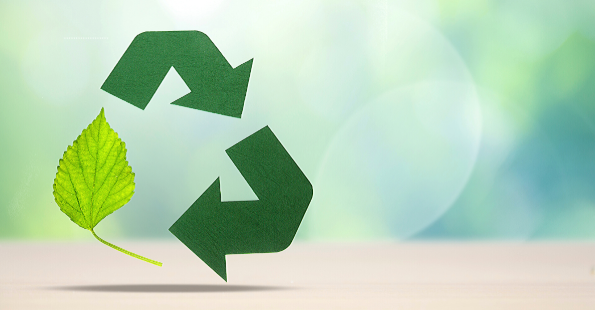








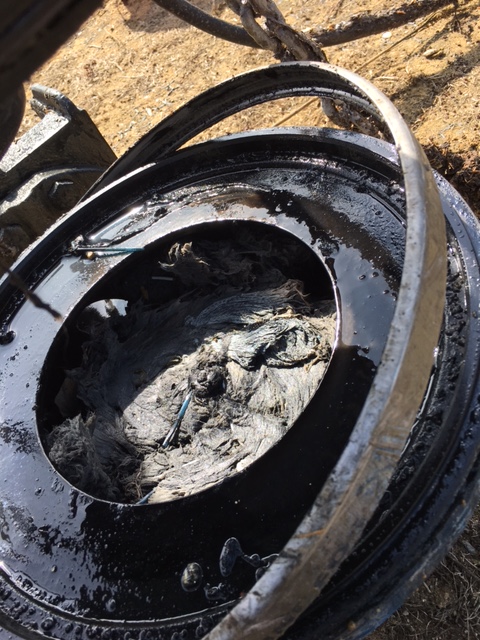
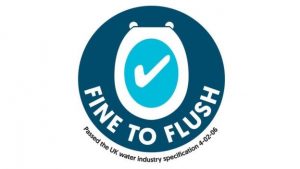

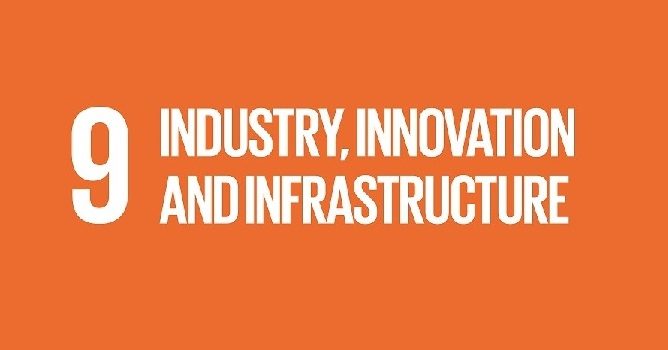

 Construction
Construction

